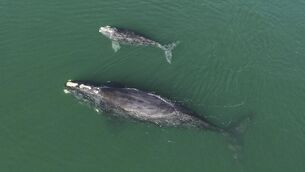When close up is too close — who's the worst culprit for invading wild birds' space?

People frequently get much too close to nesting birds at seabird colonies around the Irish coast. Picture: Debs Allbrook
More people than ever are taking to the outdoors to get a look at wildlife. That can be a good thing... but there are boundaries to be observed too. Sometimes, humans go too near, with negative impacts on these creatures.
Many of us will be out and about during the August bank holiday, and the following weeks, so a message from Birdwatch Ireland is apposite.








